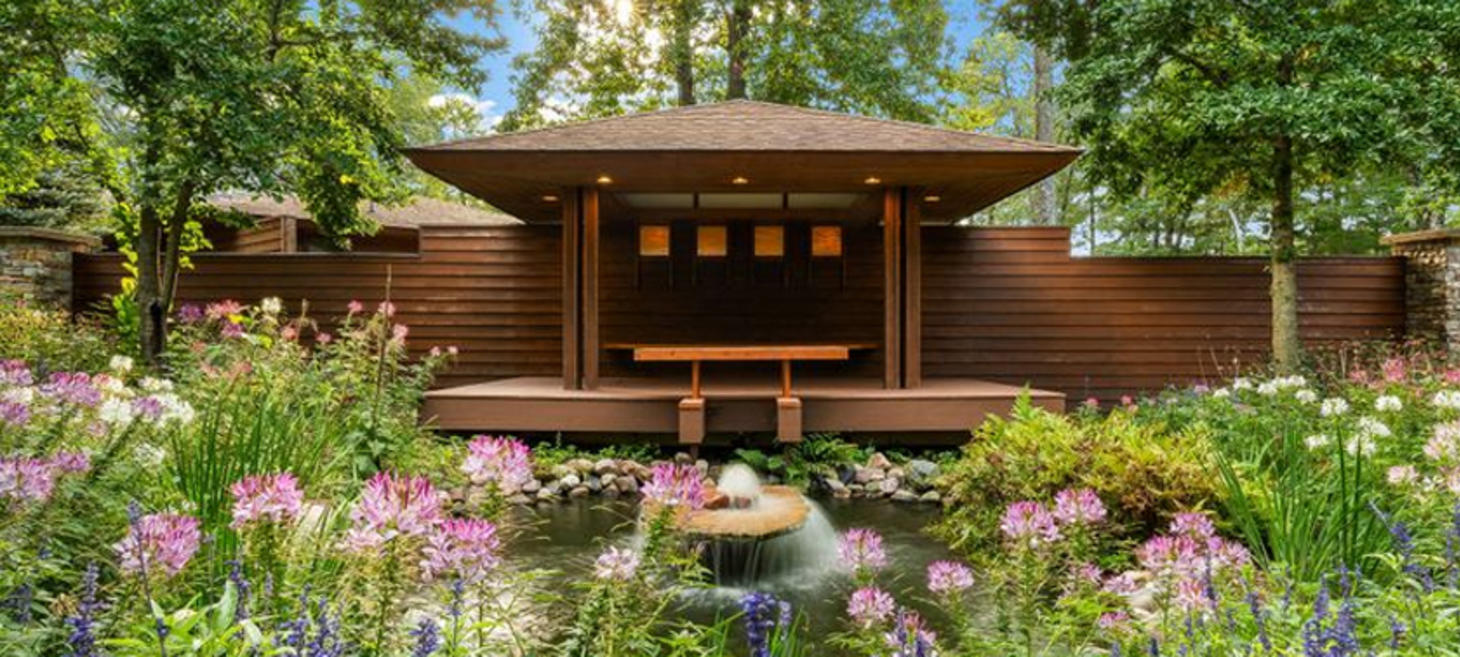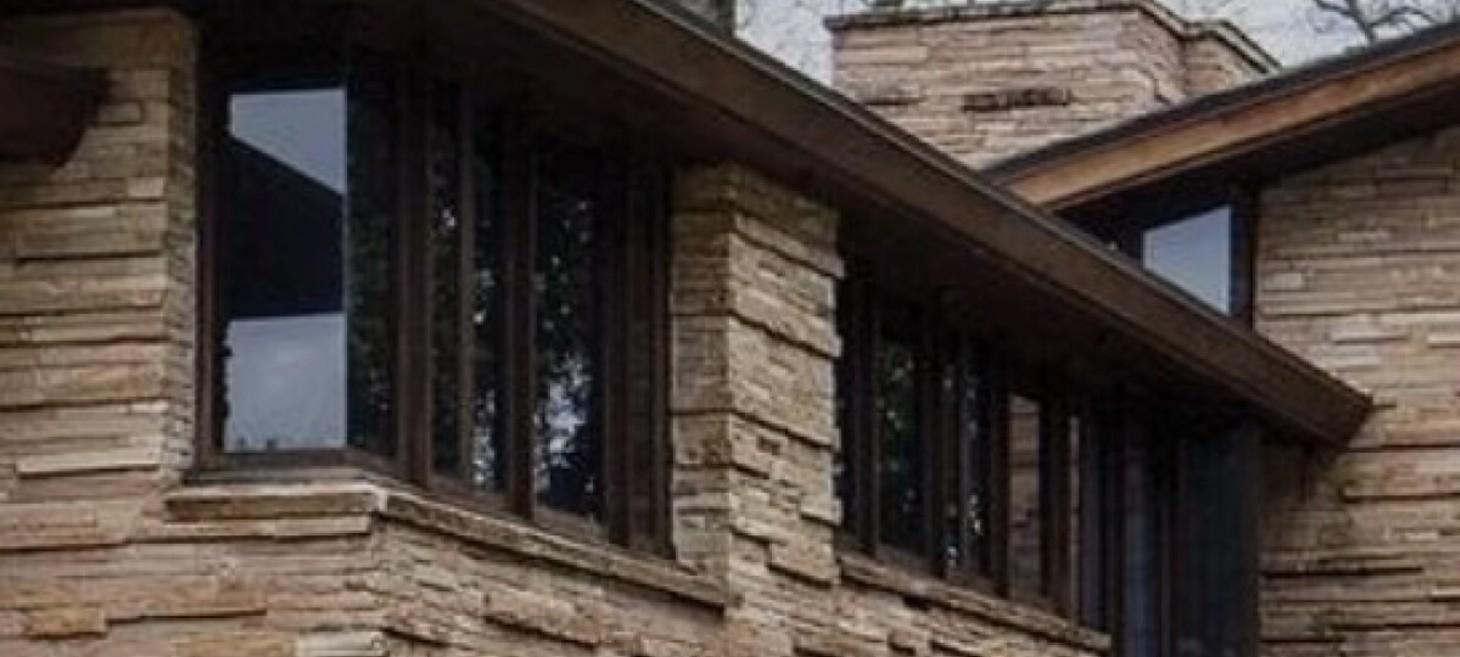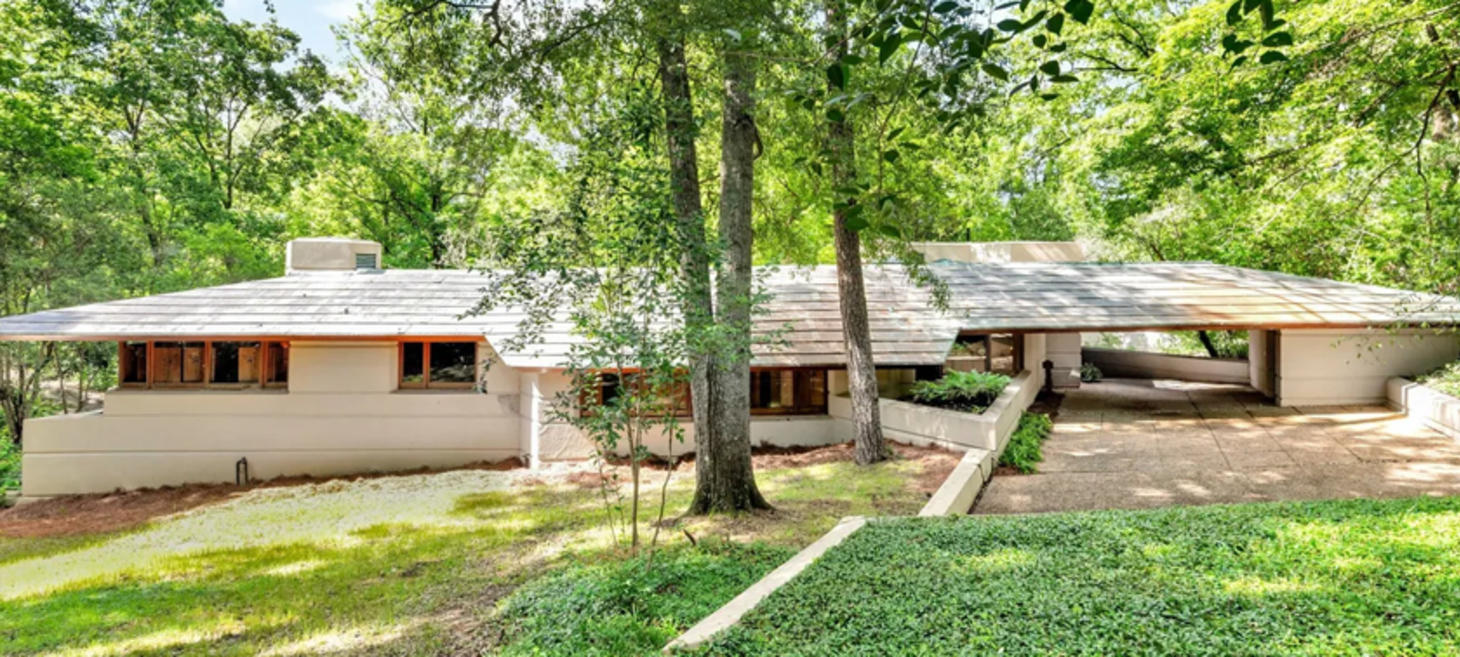The Headlines

FLWBC Saves Historic Artifacts From Price Tower
Following a two-year saga, Price Tower, Frank Lloyd Wright’s sole skyscraper, has found new owners. And now, so have its historic furnishings. The Frank Lloyd Wright Conservancy has stepped in to acquire the building’s original artifacts to safeguard a vital piece of the visionary architect’s legacy.
The organization, which advocates for the preservation of Wright’s designs, has purchased 11 items designed by the architect for the Bartlesville, Oklahoma building. The objects were acquired from 20c Design, the Dallas-based dealer which had in turn bought the objects in 2024 from the tower’s previous owner, Copper Tree Group—in a sale that breached the conservancy’s preservation easement on the building.
“Our top priority was to keep these artifacts together and off the private market,” Barbara Gordon, the conservancy’s executive director, said in a statement. “The purchase allowed us to secure our easement-protected items without the uncertainty and high cost of pursuing further legal action. We’re deeply grateful to the generous donors who made it possible for us to save these unique Wright-designed items.”
The conservancy’s acquisition includes the tower’s original rolling directory board, copper tables, stools, an armchair, and copper relief panels. The objects, as well as the building’s other historic artifacts, were found by the conservancy to be in fair to good condition in a March 2025 inspection.
Wright had designed the building’s furniture, furnishings, textiles, and decorative artworks as part of the commission from H. C. Price Company in 1955. The upholstery emerged as part of his Taliesin line of fabrics and wallpapers, while the furniture was conceived with angles to mirror the tower’s own. Harold Price Sr.’s corporate office on the 17th floor held Wright’s mural of stacked squares, titled The Blue Moon and inscribed “To ‘Hal’- FLLW.”
Copper Tree Group purchased Price Tower in 2022, with plans to modernize the building as part of a larger regeneration project. Instead, the company began evicting tenants and selling the tower’s furnishings, and reneged on the property’s debts. The tower was put up for auction last August, before the sale was halted by a legal filing from property developer McFarlin Building Company, which claimed it had signed an earlier agreement with Copper Tree president Cynthia Blanchard to purchase the building. In April 2025, Price Tower was sold to McFarlin Building Company for $1.4 million.
The conservancy will work with the property’s new owners to reinstate the 11 original artifacts, which are currently being stored in a secure facility in the Dallas area. In its announcement of the purchase, the organization emphasized that it does not typically acquire architectural objects, but has taken this rare step to “ensure their eventual return to Price Tower.”
“Our goal is to return the items to Bartlesville when the time is right; there is a lot of work being done at Price Tower right now to bring it back into operation, so we feel that they are safer in storage and not in the way,” Gordon told me over email. “We will work out the details with the new owners on how we can keep them with the building for the public to enjoy.”

Travel & Leisure Hotel Review of Canoe Bay, Wisconsin
Canoe Bay is a rare gem in Wisconsin’s “up north” region, standing out from the typical rustic cabin experience with its refined design, tranquil atmosphere, and Relais & Châteaux distinction. Located on a 300-acre estate near Chetek, this luxury resort offers a serene retreat focused on nature, architecture, and relaxation. The prairie-style accommodations—ranging from guest rooms to expansive villas—are heavily influenced by Frank Lloyd Wright’s aesthetic, with two of the cottages designed by Wright protégé John Rattenbury, and Minneapolis-based architect Kelly Davis executing the rest in Wright’s style. Each building overlooks the resort’s private 50-acre, spring-fed Lake Wahdoon. with rich wood interiors, thoughtful built-ins, and features like stone fireplaces, soaking tubs, and floor-to-ceiling windows overlooking forest or lake views.
The experience is intentionally slow-paced. Guests receive breakfast crates at their doors each morning, enjoy lakeside lunches in picnic baskets, and are treated to three-course dinners in the main Lodge with locally sourced ingredients, organic garden greens, and carefully paired wines. Activities lean toward the unstructured: reading in the 24-hour library, birdwatching, canoeing on the spring-fed Lake Wahdoon, and quiet time for creativity or reconnection. There’s no spa, but in-room treatments are available, and a small fitness center was recently added.
Though there’s no packed schedule of events, guests can take advantage of individually booked garden tours, birding walks, or water activities. Accommodations come equipped with binoculars and bird guides, and the peaceful surroundings invite guests to fully unplug—cell service is limited, though Wi-Fi is available. The resort also emphasizes sustainability, using eco-friendly building materials, harvesting rainwater, and sourcing food locally.
Accessibility is considered, with two cottages suited for guests with limited mobility and paved paths connecting the main areas. Offsite, travelers can explore the Ice Age Trail, visit local artisans, or enjoy seasonal activities like cross-country skiing and trout fishing. Travel to Canoe Bay is typically by car from Minneapolis-St Paul International Airport, as the resort does not offer shuttle service.
With rates starting at $355 per night, Canoe Bay isn’t inexpensive, but it delivers a one-of-a-kind, soul-soothing escape for those seeking luxury in quiet simplicity—whether for a romantic getaway, creative retreat, or just to breathe in the stillness of Wisconsin woods.

Tennessee’s Only Frank Lloyd Wright Home
Nearly eighty years ago, soon after the end of World War II, a newlywed couple contacted one of the most famous architects of the last century to design a home for them on Missionary Ridge here in Chattanooga, Tennessee. The home that was built stands to this day, as Ian-Alijah Bey of Chattamatters tells us in this 4 min audio interview.

Frank Lloyd Wright's Fountainhead in Photos
Frank Lloyd Wright’s Fountainhead Residence in Jackson, Mississippi, has been listed for sale at $2.5 million. Commissioned in 1948 by oil executive J. Willis Hughes and completed in the early 1950s, the home reflects Wright’s Usonian design principles and takes its name from Ayn Rand’s novel The Fountainhead, which parallels Wright’s architectural ideals.
Situated on nearly an acre of wooded land, the 3,558-square-foot house features a unique diamond-shaped floor plan, crafted with Tidewater Red Cypress, a copper roof, and expansive glass panels. It includes three bedrooms, two full and two half bathrooms, and hallmarks of Wright’s style such as built-in furniture, radiant floor heating, and geometric skylights. The living room opens to a stone terrace overlooking a fountain and pond, blending the home with its natural surroundings.
Meticulously restored and preserved by architect Robert Parker Adams, who has lived in the residence for over 40 years, the home remains a rare, intact example of Wright’s vision. Now part of the National Register of Historic Places, Fountainhead offers a unique chance to own a piece of American architectural history.
About
This weekly Wright Society update is brought to you by Eric O'Malley with Bryan and Lisa Kelly. If you enjoy these free, curated updates—please forward our sign-up page and/or share on Social Media.
If you’d like to submit content to be featured here, please reach out by emailing us at mail[at]wrightsociety.com.
